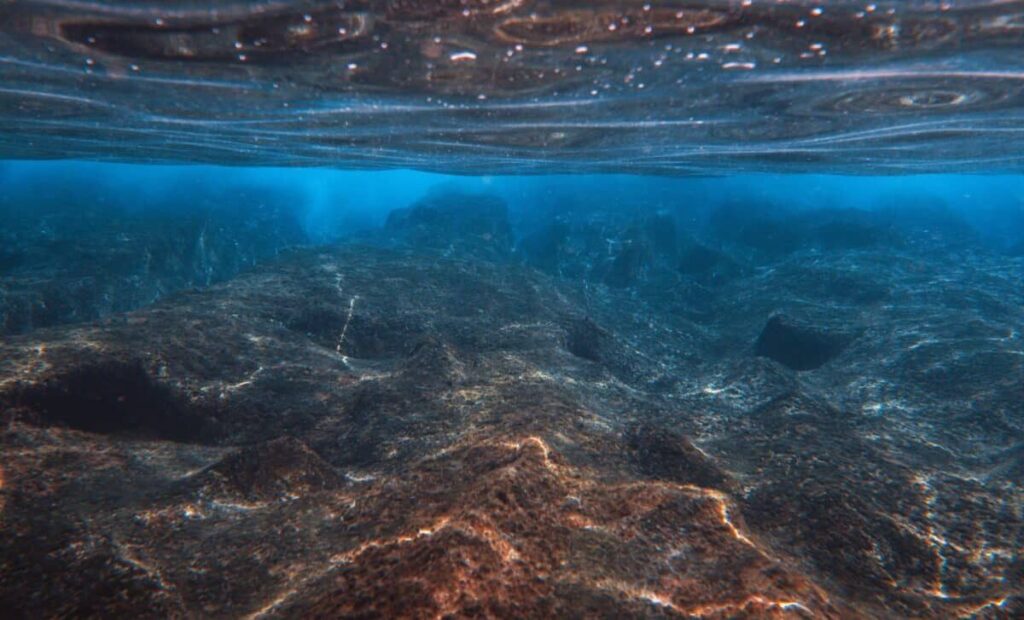
In a remarkable geological breakthrough, scientists have uncovered colossal 117-million-year-old formations beneath the Atlantic Ocean, offering fresh insight into the planet’s tectonic past. The discovery, led by geoscientists Dr. Uisdean Nicholson and Dr. Débora Duarte, reveals that the Atlantic’s opening began earlier than previously believed, reshaping scientific understanding of Earth’s geological history.
Published in Global and Planetary Change and reported by Heriot-Watt University, the study combines seismic imaging with deep-sea core samples to trace the formation of the Equatorial Atlantic Gateway to 117 million years ago—several million years earlier than earlier models suggested. This revised timeline challenges existing theories and sheds light on the immense tectonic forces that shaped the continents and oceans.
Colossal Mud Waves Beneath the Seafloor
The research team analyzed seismic data and deep-sea drilling cores taken from more than 3,000 feet below the ocean floor, around 250 miles west of Guinea-Bissau. Beneath the sediments, they found vast mud waves—some stretching a kilometer in length and several hundred meters high.
“These are one-kilometre-long waves, a few hundred metres high,” said Dr. Nicholson, likening them to the towering dunes of the Namib Desert. These massive formations were created by the movement of dense, salt-rich water during the early stages of the Atlantic’s opening. The powerful underwater currents sculpted the seafloor, leaving behind monumental structures that have endured for over 100 million years.
A Revised Timeline for the Atlantic’s Birth
Geological models had previously dated the Atlantic’s formation to between 113 and 83 million years ago. This new evidence pushes the starting point back to at least 117 million years ago, prompting a reevaluation of how Africa and South America began to drift apart.
The discovery not only rewrites part of Earth’s tectonic history but also opens new avenues for understanding the processes that shape oceans over millions of years. As scientists continue to study these underwater structures, they aim to refine models of ocean formation and gain a deeper understanding of the dynamic forces that have shaped our planet.
